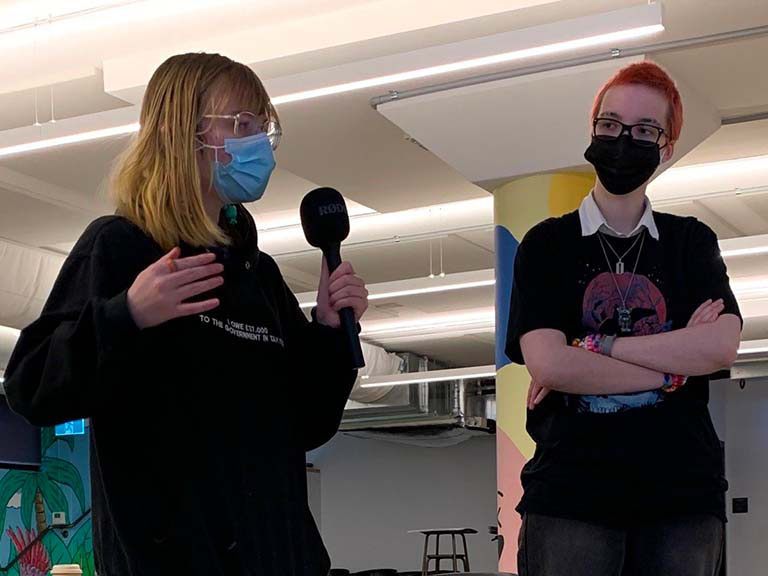All services that manage young people with chronic conditions should identify a person within the young person’s clinical team or their sole clinician to act as a transition coordinator or facilitator.
- This person can be any member of the multidisciplinary team.
- This person will be the first point of contact for the young person and carers with any transition related issues.
- This person will help identify the transition pathways and adult services and ensure appropriate referrals are made.
- Their role is to work with local services and refer to transition support services where appropriate.
- For young people currently accessing health services through the Sydney Children’s Hospital Network, referrals may be made to Trapeze.
- Referrals can also be made to the Transition Care Service (TCS) and other specialist groups like the paediatric to adult (P2A) service at South Western Sydney Local Health District and the Spina Bifida Adult Resource Team (SBART), the key organisation for spina bifida in NSW.
- All young people should have a general practitioner identified during transition. In some cases, the general practitioner may take on the role of coordinator.
The coordinator assigned to help my son met with him to discuss the process. She made a great connection and when he had difficulty, he contacted her through her mobile. She also checked in to see how the transition was going. This was extremely beneficial as it reminded him that she was there to help with his medical appointments. Lidyana V, mother of a 20-year-old*
Measures
System and service measures
- A transition coordinator or facilitator from the lead clinical team or their sole clinician is identified for every young person from age 14.
- The clinical team or clinician refers complex transition cases to an appropriate specialist transition support service as required.
Patient and consumer measures
- The young person and their clinicians can identify their coordinator or facilitator.
- The young person is engaged with transition support as needed.
Resources
- See Transition support services for examples of models and services.

References
- Allemang B, Allan K, Johnson C, et al. Impact of a transition program with navigator on loss to follow-up, medication adherence, and appointment attendance in hemoglobinopathies. Pediatr Blood Cancer. 2019;66(8):e27781. DOI: 10.1002/pbc.27781
- Blum R, Hirsch D, Kastner TA, et al. A consensus statement on health care transition for young adults with special health care needs. Pediatrics. 2002 12/01;110:1304-6.
- Brooks F, Bunn F, Morgan J. Transition for adolescents with long-term conditions: event to process. Br J Community Nurs. 2009 Jul;14(7):301-4. DOI: 10.12968/bjcn.2009.14.7.43078
- Care Quality Commission. From the Pond to the Sea: Children’s transition to adult health services [Internet]. Glasgow, Scotland: Care Quality Commission; 2014 [cited 2022 Feb 10].
- Jones SE, Hamilton S. The missing link: paediatric to adult transition in diabetes services. Br J Nurs. 2008 Jul 10-23;17(13):842-7. DOI: 10.12968/bjon.2008.17.13.30535
- Royal Australasian College of Physicians. Transition to Adult Health Services for Adolescents with Chronic Conditions [Internet]. Sydney: Royal Australasian College of Physicians; 2014 [cited 2022 Feb 10].
* Name has been changed to protect privacy